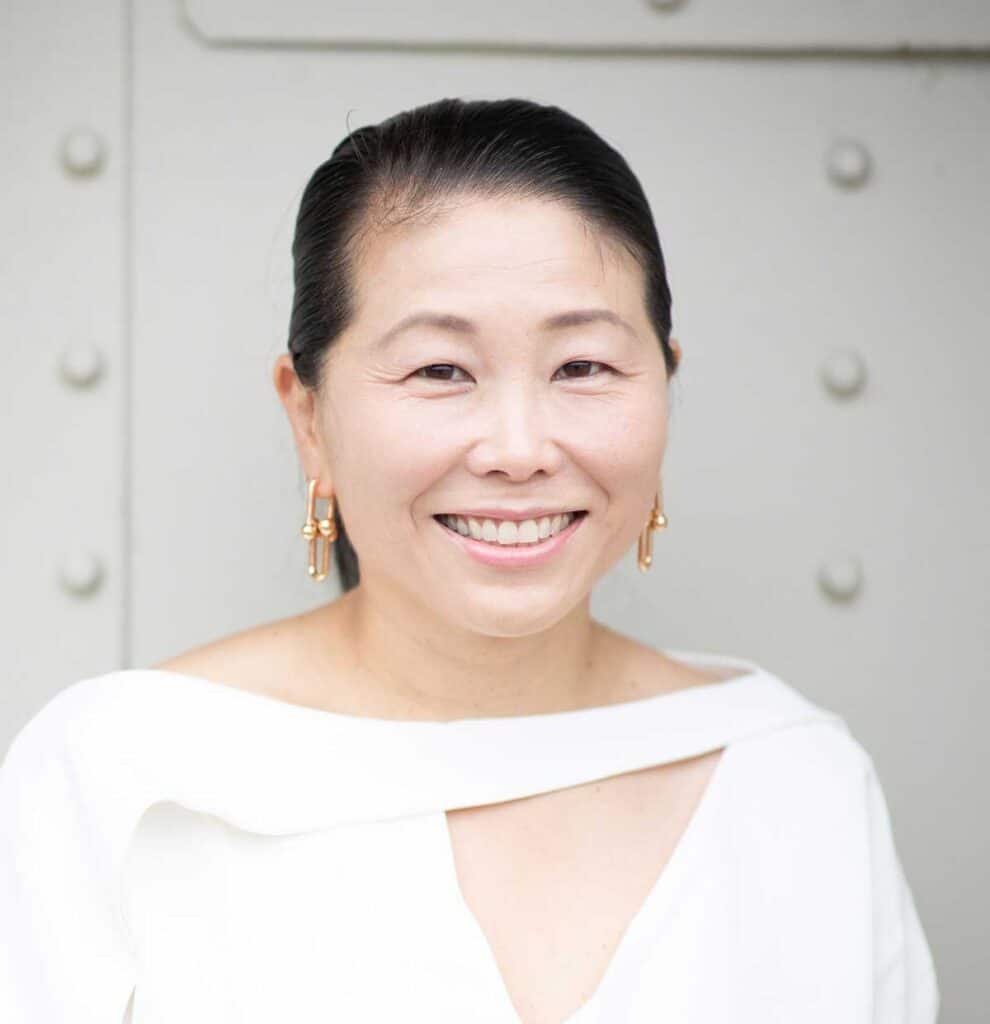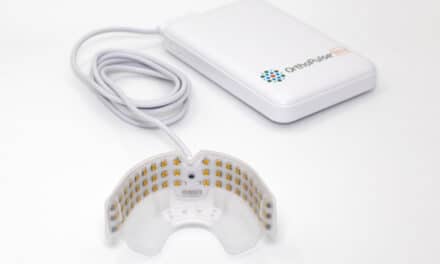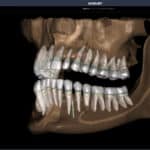An orthodontist details personal and clinical experiences with infrared light therapy, highlighting its impact on comfort, treatment speed, and patient compliance.
By Bella Shen Garnett, DMD, MMSc
As an orthodontist, I’m constantly looking for ways to improve patient experience as well as treatment outcomes. However, when it comes to adopting new technology, I have a rule: if feasible, I try it on myself first.
That’s exactly what I did before incorporating infrared light therapy into my practice. The clinical literature for orthodontic applications is intriguing, it shows an increase in osteoblasts and osteoclasts as well as improved blood flow. However, direct experience outweighs journal abstracts for me.
I put myself in aligner treatment and began using infrared light therapy daily. I felt things were going smoothly. Then I went on a trip and forgot to pack the device. That’s when I truly understood its impact. I experienced so much discomfort I complained the entire trip. And I wasn’t alone—my husband stopped using the device when he transitioned to a retainer; he thought he might need a root canal due to the sudden pain. I tend toward clinical skepticism, so this firsthand experience was eye-opening. I wouldn’t have believed it if I hadn’t lived it.
Pain Reduction Benefits of Infrared Light Therapy in Orthodontics
While infrared light in orthodontics is primarily discussed as a treatment accelerator—and it definitely does shorten treatment time—the most profound benefit for me is pain reduction. When patients are comfortable, they’re also happier and more compliant. They are more likely to wear their aligners as prescribed, which supports better outcomes.
Orthodontic Case Results with Infrared Light Therapy
This becomes even more evident in complex cases. With red light therapy, I’ve seen Class II patients tracking to the ClinCheck video almost exactly, even in sequential distalization cases. One adult patient was progressing so rapidly—on a 6-day aligner schedule—that I had to reduce elastic strength to prevent overcorrection into a Class III. It’s not something I expect to see in adult patients.
I now routinely offer patients a 5-day tray change interval versus the standard 10 to 14 days, provided they maintain 21-hour wear time. The results speak for themselves. I recently treated my 89-year-old father with no refinement trays. Similarly, my colleague Dr Kasper treated his mother, who’s in her 50s, with the same outcome: zero refinements and on-track progress the entire time.
Interestingly, his mother subsequently underwent a sinus lift and implant placement, resulting in significant post-op pain. He recommended she use the infrared light device and it made the pain much more tolerable.
Incorporating Infrared Light Therapy into Orthodontic Treatment Plans
We’ve also found an effective way to incorporate the device into our practice model. If patients pay their treatment in full, we offer the device at a significant discount. This approach is a win-win: We secure full upfront payment, likely need fewer appointments, and patients enjoy a more comfortable, faster treatment experience with fewer refinements.
For very complex cases, I often waive the device fee altogether. Why? Because I’ve seen how essential it can be to successful treatment completion. If the patient finishes faster and without multiple refinements, my practice comes out ahead, and the patient has a positive experience.
Patient Response to Infrared Light Therapy in Orthodontics
I have found patients very receptive to incorporating infrared light therapy into their orthodontic journey. Most are already familiar with its use in skin health and pain management.
Why Infrared Light Therapy Has Become Essential in My Orthodontic Practice
Infrared light therapy with the OrthoPulse device has become a key adjunct in both my clinical workflow and patient care philosophy. From improved tracking and shorter treatment times to dramatically reduced discomfort, the benefits are tangible—and in some cases, surprising. OP
Opening photo: ID 145046691 © Prostockstudio | Dreamstime.com. Treatment images courtesy of Dr Bella Shen Garnett.

Bella Shen Garnett, DMD, MMSc, maintains two orthodontic practices in San Francisco, where she combines clinical precision with a passion for innovation to deliver exceptional patient care.










